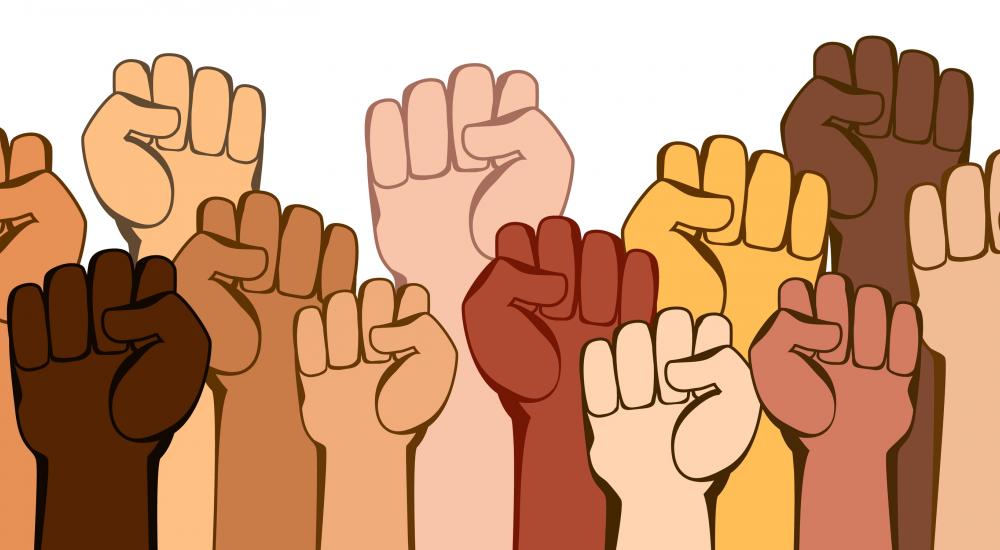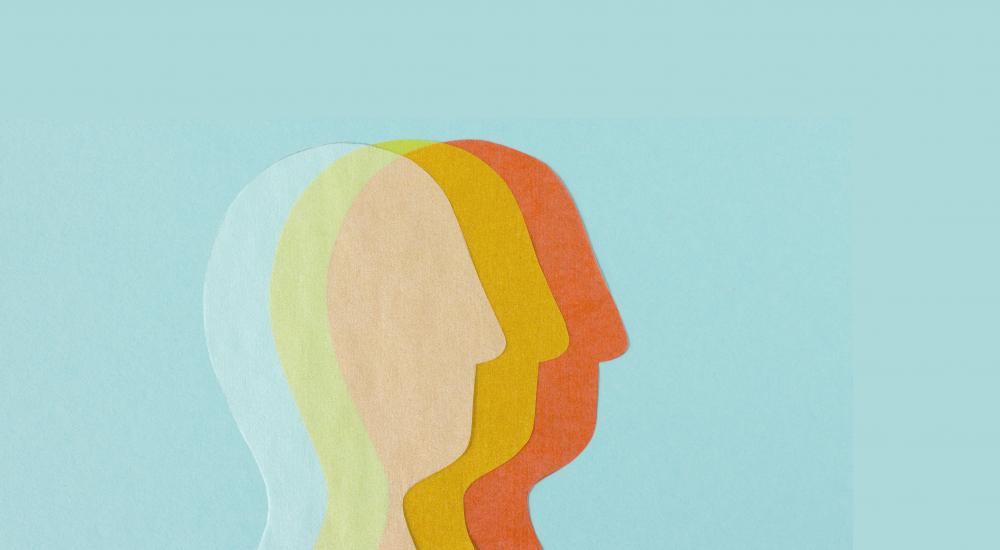Critical Intersections

While there’s growing interest in the intersection of diversity, equity, and inclusion (DEI) and international education, some of the earliest connections were forged nearly a century ago, before World War II.
In the 1930s and 1940s, approximately 50 German-Jewish scholars and professors were expelled from German universities by the Nazi government, and they found a haven at historically black colleges and universities (HBCUs) in the United States, according to the introduction of NAFSA’s Social Justice and International Education: Research, Practice, and Perspectives, published in 2020.
“Merging international education and social justice ideals led to extraordinary results,” writes LaNitra M. Berger, the book’s editor and current President and Chair of NAFSA’s Board of Directors. “The Jewish scholars provided HBCU students with a high-quality education, which the students could not have accessed elsewhere in the United States. Shocked by the segregation and racial violence in the South, many refugee scholars observed chilling parallels to the anti-Semitism they had left behind in Europe. Some were compelled to encourage students to resist racism by protesting segregation laws and participating in the civil rights movement.”
In recent years, the field of international education has centered on programming that is more inclusive—both in terms of domestic students participating in international experiences and in the diversity of backgrounds of those who study in the United States. However, these efforts often remain separate from broader DEI efforts on campus, particularly amid the growing emphasis on social justice in the wake of the pandemic and the Black














